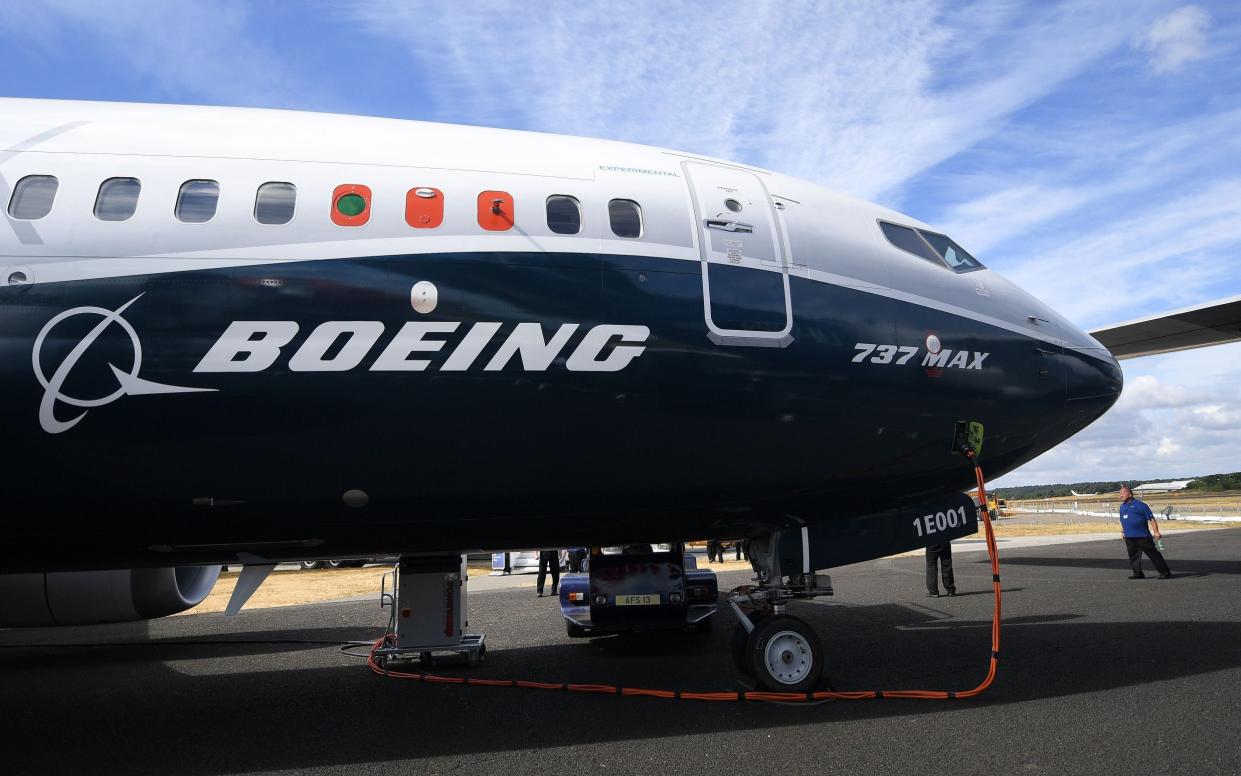Boeing must alter 737 Max to get it back in the sky

US regulators have outlined a path for Boeing’s beleaguered 737 Max to return to the skies, demanding a series of key changes to the passenger jet that will make it fit for service.
The Federal Aviation Administration (FAA) said that alterations to the plane’s wiring, flight control software, display software and procedures for flight crew would be needed for the 737 Max to be ready.
The plane has been grounded for more than a year after two fatal crashes, plunging Boeing into crisis and dragging on airline companies that had invested heavily in upgrading their fleets.
The FAA said its proposals would be subject to a 45-day public consultation period in a major step towards the 737 Max being approved to fly again.
However, training requirements and work to refit the planes mean it is unclear if the plane will return to commercial use before the end of this year. International regulators are also assessing the next steps to return it to service.
The proposed adjustments to the flight software are intended to stop a feature known as MCAS, which can tip the plane’s nose downward, from mistakenly activating.
In both of the 737 Max’s fatal crashes, a Lion Air accident in October 2018 and an Ethiopian Airlines accident five months later, sensor data showed a single faulty sensor could mean MCAS being activated.

The changes to the display software and flight procedures are designed to alert crew to sensor malfunctions, while the wiring change is to comply with updated safety standards.
In addition, the FAA said it would require sensor tests and readiness flights before each plane could return to service. It estimated that the changes would cost airlines about $1m (£760,000) for the 73 planes registered in the US. Hundreds more are registered abroad.
Boeing shares ended almost flat on Monday but have lost more than half their value this year, making them the worst performing shares on the Dow Jones index.

